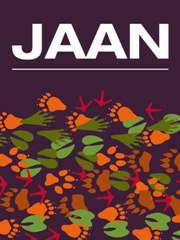Article contents
A Dual-enzyme Product Containing Protease in Broiler Diet: Efficacy and Tolerance
Published online by Cambridge University Press: 28 April 2015
Abstract
Exogenous enzymes are commonly added to poultry diets to improve nutrient utilisation, reduce excretion of nutrients into the environment as well as to improve zootechnical performance and reduce the cost of production. A series of four experiments were conducted in broilers to determine the efficacy and tolerance to an enzyme product (Vegpro™) containing protease and xylanase activities in wheat-soybean meal (SBM) diets fed to broilers from 1 to 39 or 42 d of age. Collectively, four experiments tested the following exogenous protease activity levels in wheat-SBM diet at levels of 0, 2,500, 5,000, 10,000, 20,000, 30,000, 40,000 or 100,000 HUT/kg of feed. Analysis of the four experiments together confirmed that Vegpro™ improved average daily gain and feed conversion ratio, especially in birds up to 21 d of age. Overall, inclusion of Vegpro™ to broiler diets at 10,000 HUT protease per kg of feed was shown to provide the maximum performance benefit (i.e. weight gain and feed conversion ratio). An exceptionally high protease activity (100,000 HUT/kg, ten times the manufacturer's recommended inclusion rate) was well tolerated and did not adversely affect the measured health and performance indicators from 1 to 42 d of age.
- Type
- Original Research
- Information
- Copyright
- Copyright © Cambridge University Press and Journal of Applied Animal Nutrition Ltd. 2015
References
- 3
- Cited by


